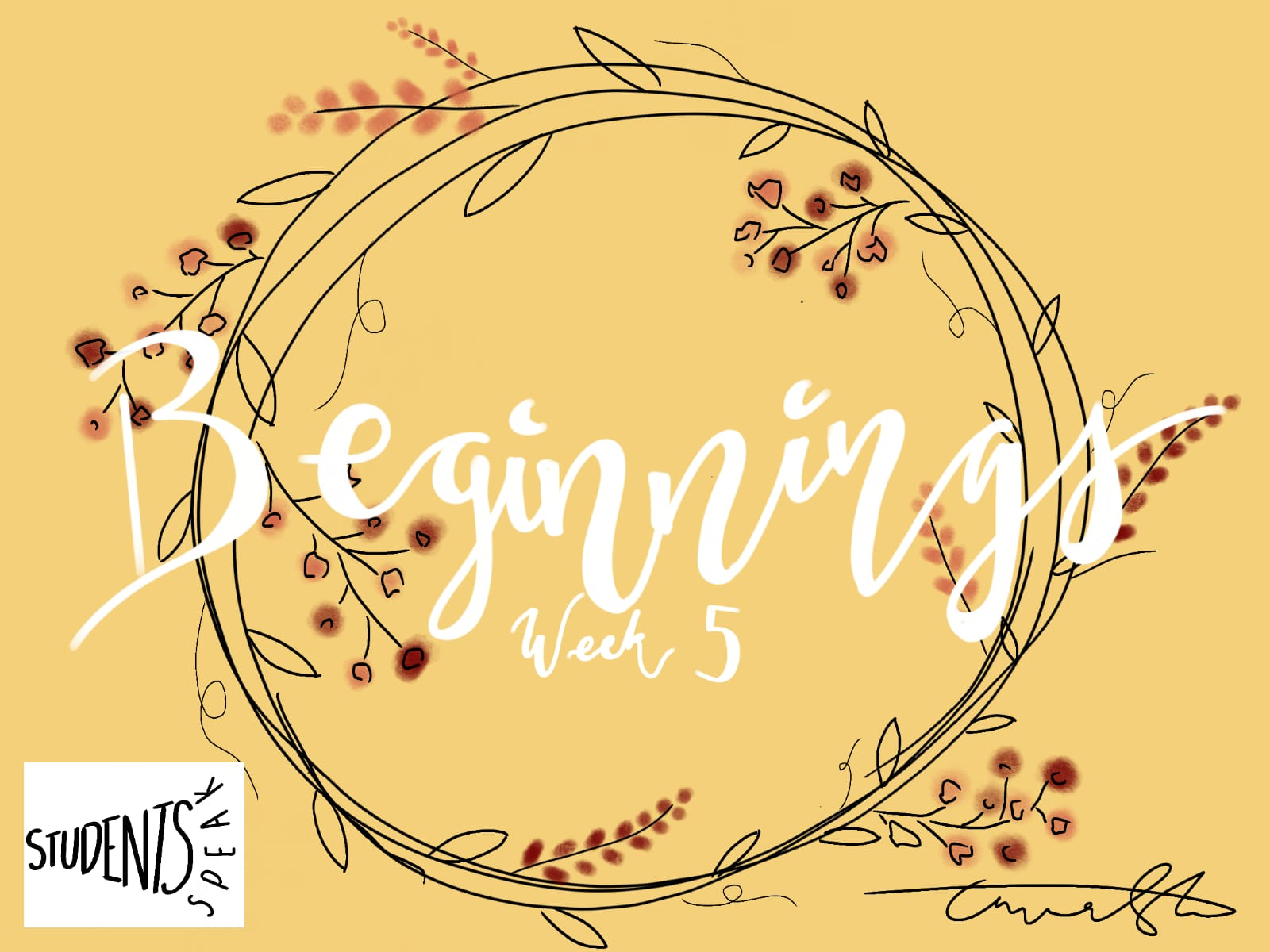The New Woman: Victorian Ideals About Women and the Progression of Femininity
By Harriett


The Victorian era introduced so much history, literature and culture into our lives, and so many of its ideals remained an integral part of society until not that long ago. From Bram Stoker's iconic vampiric tale of Draculato Acts that set to further separate women from their rights, Victorian ideas surrounding women, femininity and sexuality were ever evolving, with mixtures of both men and women both supporting and disapproving of the work done to allow women access to a better, more individual way of life.
Typically, femininity in women tended to focus on them as wives and mothers that raised families and were respectful towards their husband. Ideally these women would be pure, chaste, modest and innocent, fitting in perfectly with what men expected the'textbook woman' to be. Based on the progression of science within the Victorian era, many relied on the excuse that it was in female anatomy for them to solely be mothers, as they were biologically built to men and therefore had a different biological role to play in society: one that was inferior to men and left them with limited purpose other than to focus on motherhood and marriage.
However, while women were generally regarded as inferior and unequal to men in terms of societal roles, intelligence and biology, many people viewed women as 'morally superior' to men, as they were expected to keep with many traditional ideals that men were not expected to follow: an example of this being the necessity for women to wait until marriage for sex, otherwise they would be deemed 'spoilt' and no longer pure, ultimately demonstrating that they gave into too much temptation and ignored their purpose of purity and keeping up the moral standards. This rule of a singular mistake destroying one'sreputation rarely occurred within males, particularly shown through the Matrimonial Causes Act of 1857, which meant that adultery alone was enough for a man to divorce his wife, whereas a man would have to have also committed other offences alongside that for a female to have any chance at leaving a marriage. Not only does this highlight issues within the sexist nature of Victorian society (something that is sadly still evident in our modern age), but it also was arguably self-contradicting, as its oppressive nature in fact was one of the leading reasons as to why the 'New Woman' became a prominent aspect of Victorian society, with women finally trying to push forward for more individuality and freedom.
The 'New Woman' was a concept that greatly threatened conventional ideas about the role and place of women in Victorian society, as it worked towards allowing women the opportunity for more education (women could not go to university until 1890 as people did not think that women had the intellectual capabilities to comprehend extended knowledge) and more employment options, which ultimately meant that marriage would no longer be the default route for women to take in life, with financial security available to them without a husband. Many men actually did accept this as reasonable, although many (including women such as Mary Augusta Ward) feared that it would challenge the way of society too much and disrupt the typical gendered roles.
These efforts for change did impact Victorian society, as women could begin to become more liberatedand educated, with the focus on the 'New Woman' being to show increased self-fulfilment, self-reliance and independence, something that is also extremely relevant in the case of modern day feminism and the advocacy of women's rights which has been an on-going battle throughout the three key 'waves' of feminism in modern history.
